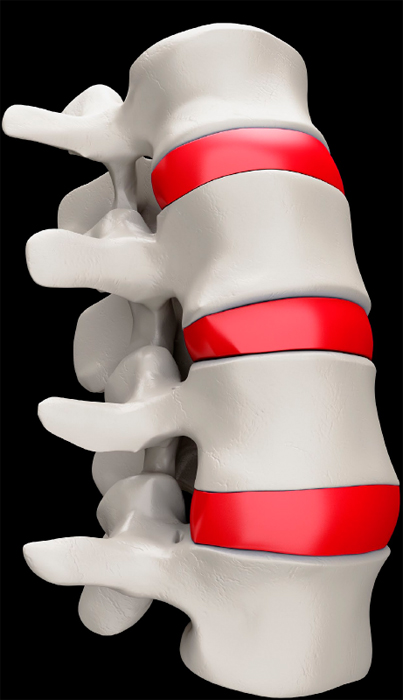
In 1970, aspirin’s myriad effects were attributed to its ability to inhibit the cyclooxygenases (COX), enzymes required for the synthesis of prostaglandins. The prostaglandins are a family of naturally occurring fatty acids that have a wide range of effects—some, desirable and protective; others, harmful.
The “good” prostaglandins, which require the COX-1 enzyme, protect the lining
of the stomach from being eroded by stomach acids. By contrast, the COX-2 enzyme is involved in the synthesis of the “bad” prostaglandins that cause pain and the inflammatory response commonly in the joints. Aspirin, ibuprofen, and other nonsteroidal anti-inflammatory drugs (NSAIDs) inhibit both the COX-1 and COX-2 enzymes to a more-or-less equivalent degree, resulting in pain relief . . . at the risk of stomach ulcers.
Daniel Simmons, a chemistry professor at Brigham Young University, discovered the COX-2 enzyme in 1988. This led scientists to seek out drugs that that could selectively inhibit COX-2 while having little or no effect on COX-1. Pfizer’s Celebrex and Merck’s Vioxx, released in 1998 and 1999, met these objectives and were aggressively advertised in the United States in direct-to-consumer ads on television and in newspapers. These highly successful ads emphasized the drugs’ pain-relieving effects for osteoarthritis, rheumatoid arthritis, and menstrual cramps, while causing fewer stomach ulcers.
However, carefully controlled studies revealed that, while these drugs were effective, they were no better at relieving pain and inflammation and did not produce fewer adverse effects on the stomach than the older nonselective NSAIDs—drugs that could be purchased at a fraction of the price.
As early as 2001, reports appeared that linked the use of Vioxx to an increased risk of heart attack and stroke, with fatal outcomes reported in the thousands. In 2004, Merck voluntarily withdrew Vioxx from markets worldwide and is now defending individual and class-action lawsuits. Moreover, the drug company has been subject to scathing attacks in medical literature for withholding, manipulating, and misrepresenting data regarding the drug's safety. Great concern exists that similar risks may also exist with Celebrex, which continues to be marketed with other NSAIDs.
In other news, Pfizer settled a six-year lawsuit in 2012 that paid Brigham Young University $450 million in acknowledgment of its critical contribution leading to the development of Celebrex.
SEE ALSO Aspirin (1899), Acetaminophen/Paracetamol (1953), Direct-to-Consumer Ads (1997).

Osteoarthritis can affect any of the body’s joints, including the spine, and occurs when the cartilage discs (shock absorbers) between the vertebrae degenerate. Celebrex and other NSAIDs relieve pain and reduce inflammation associated with osteoarthritis.